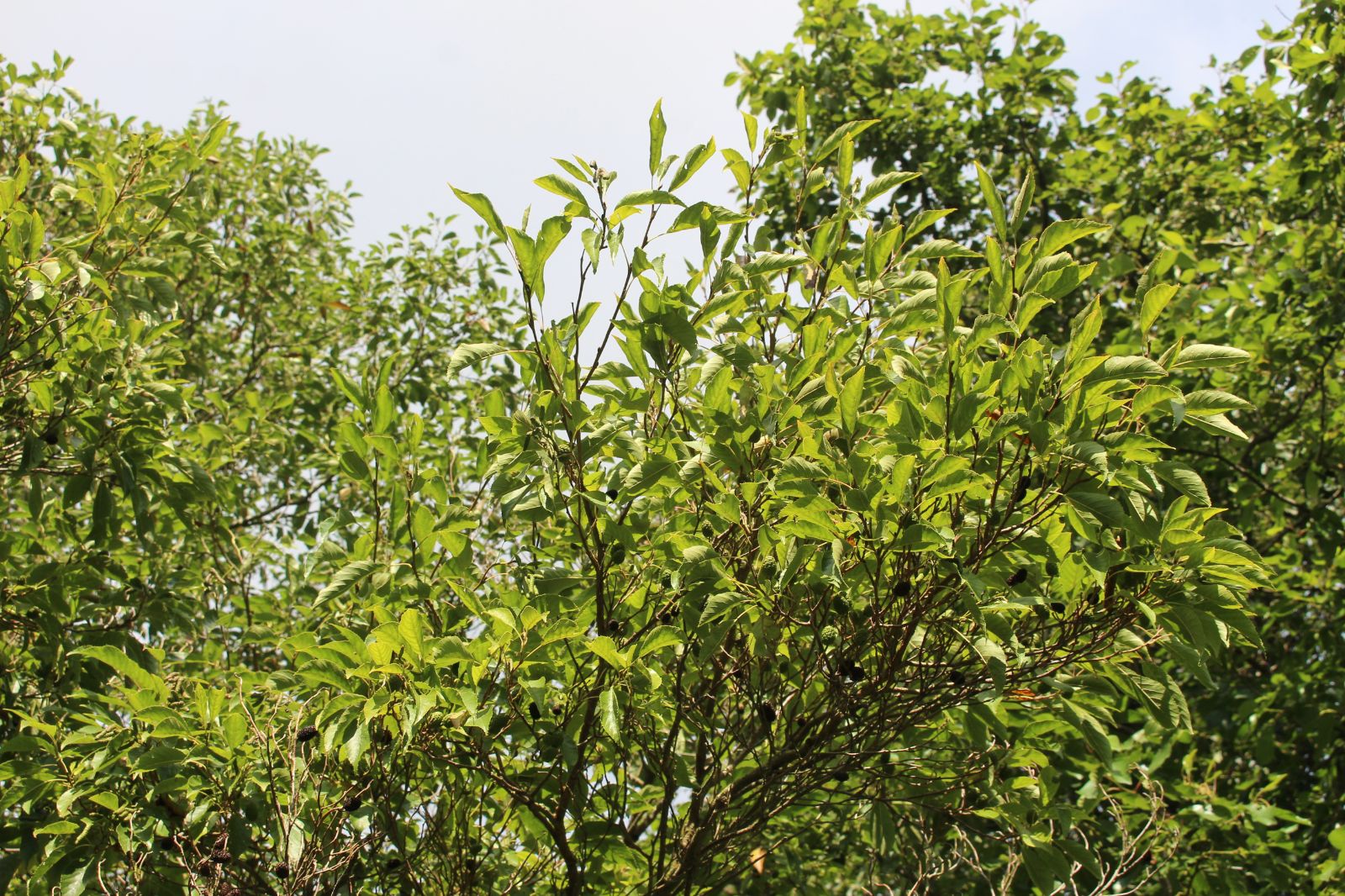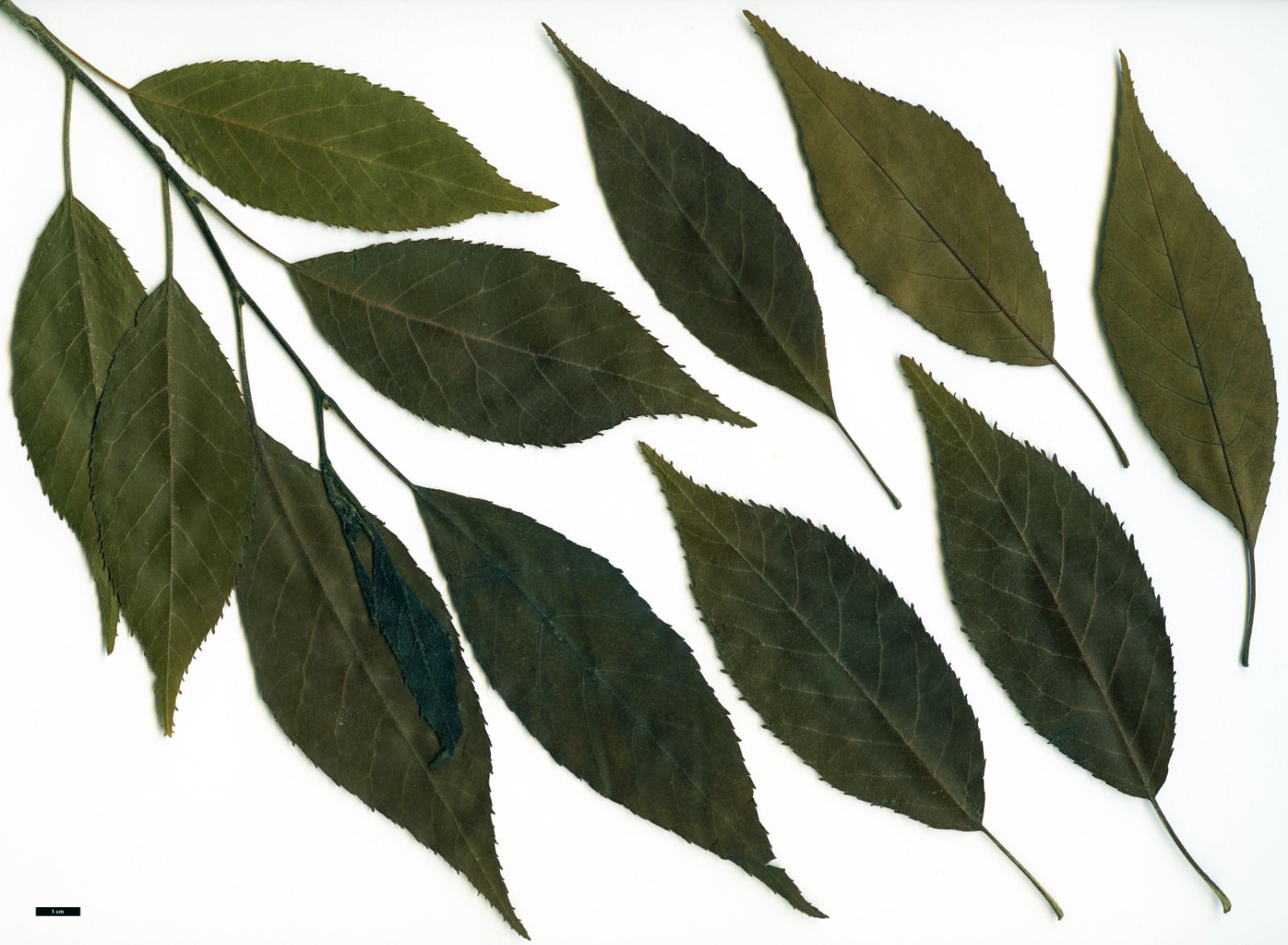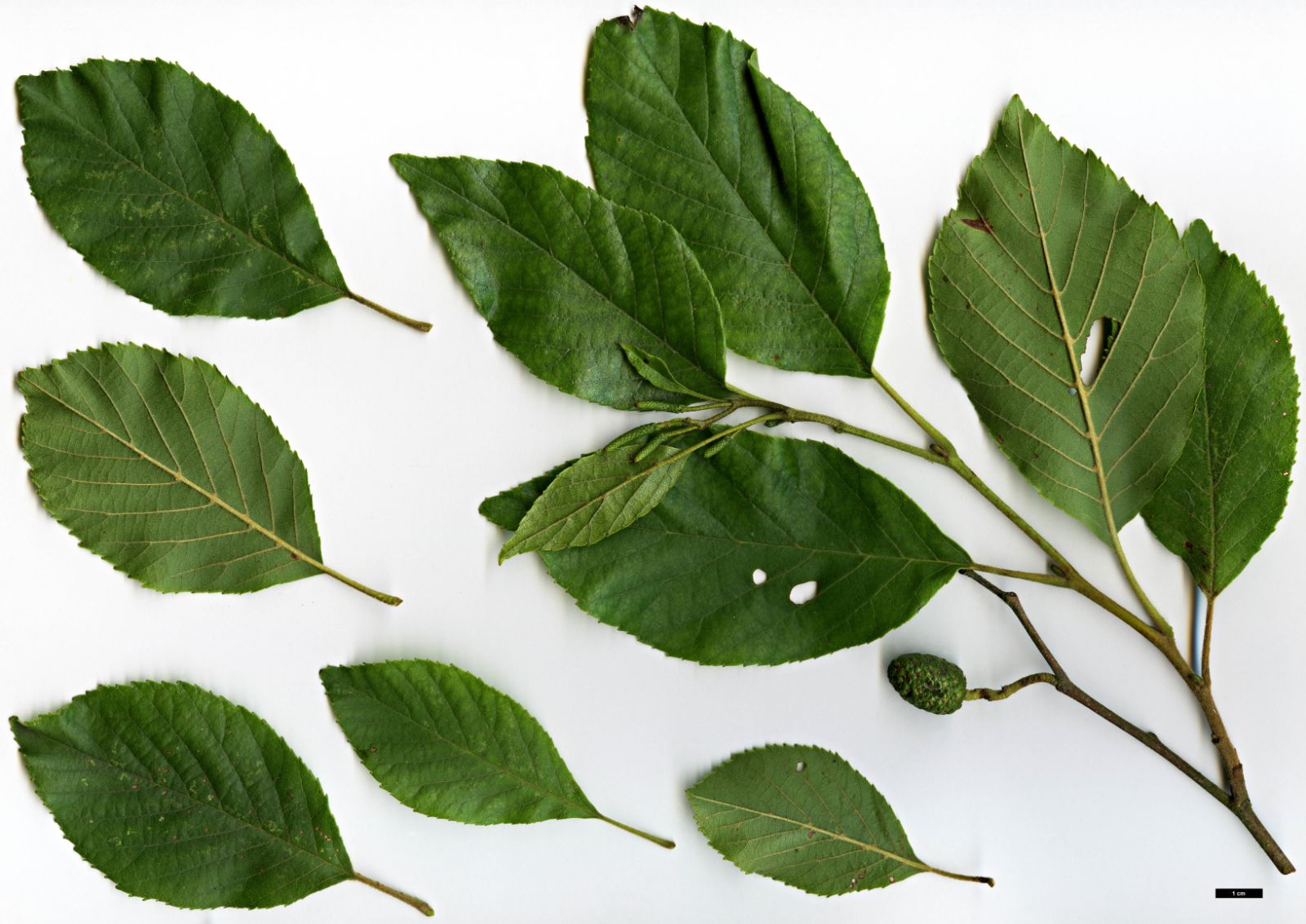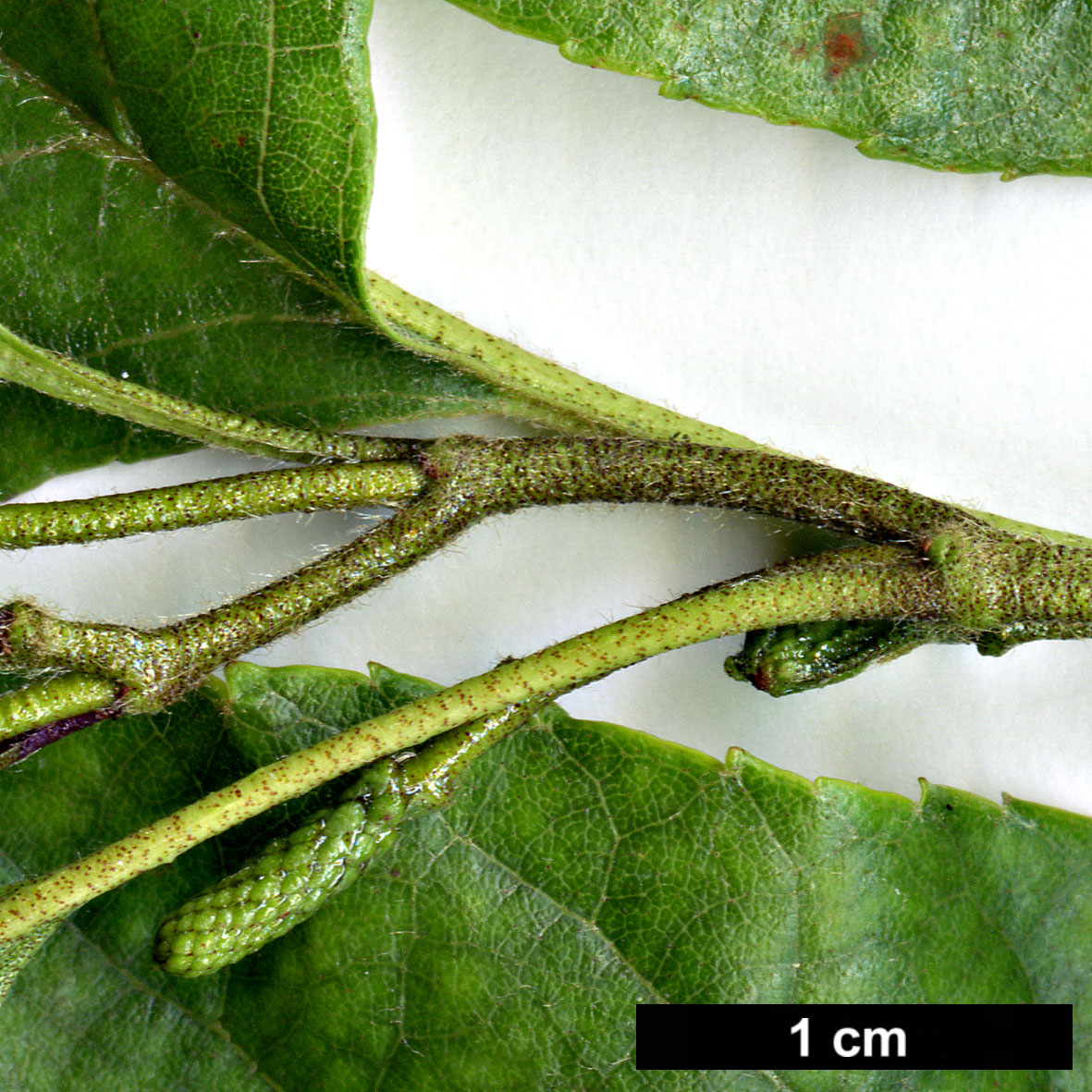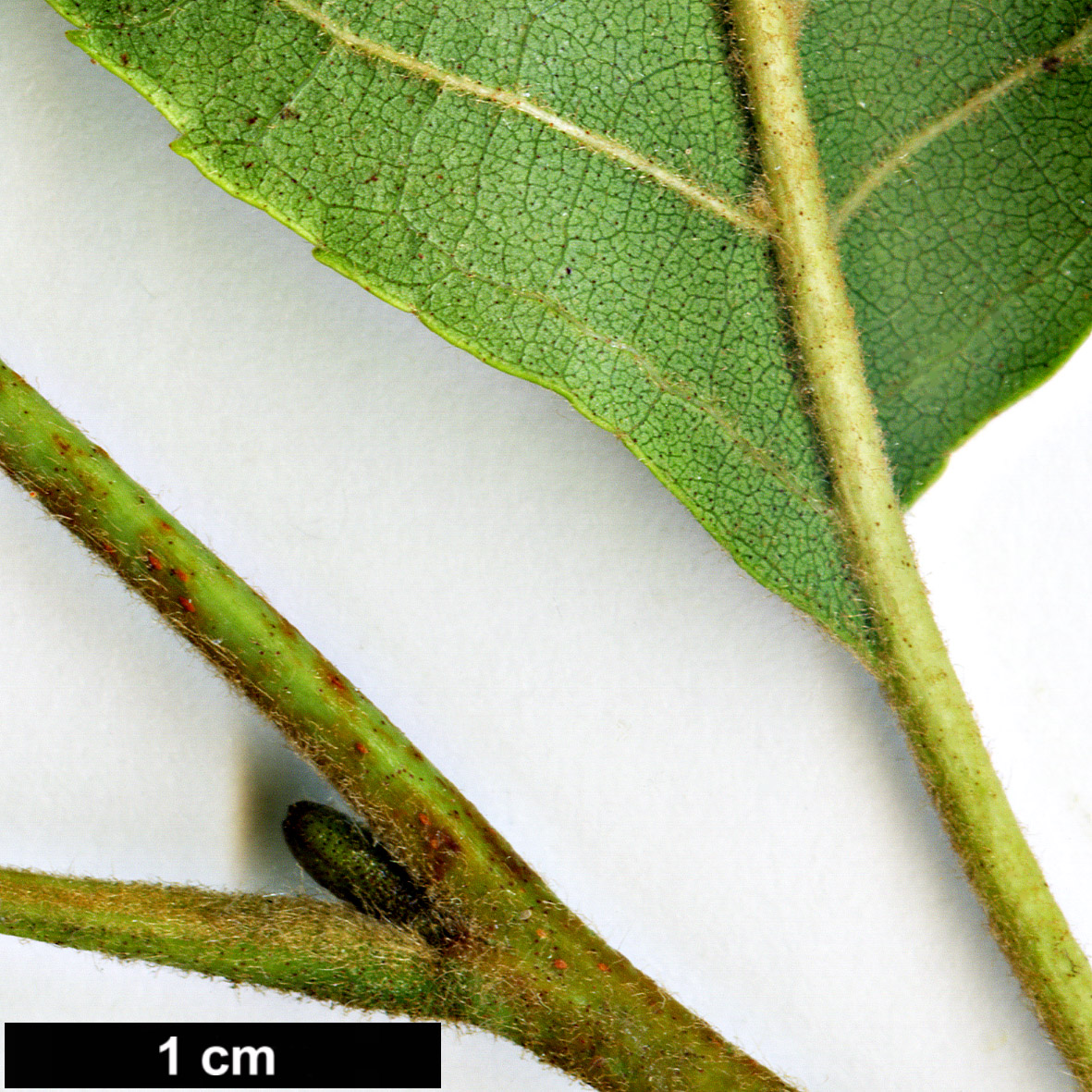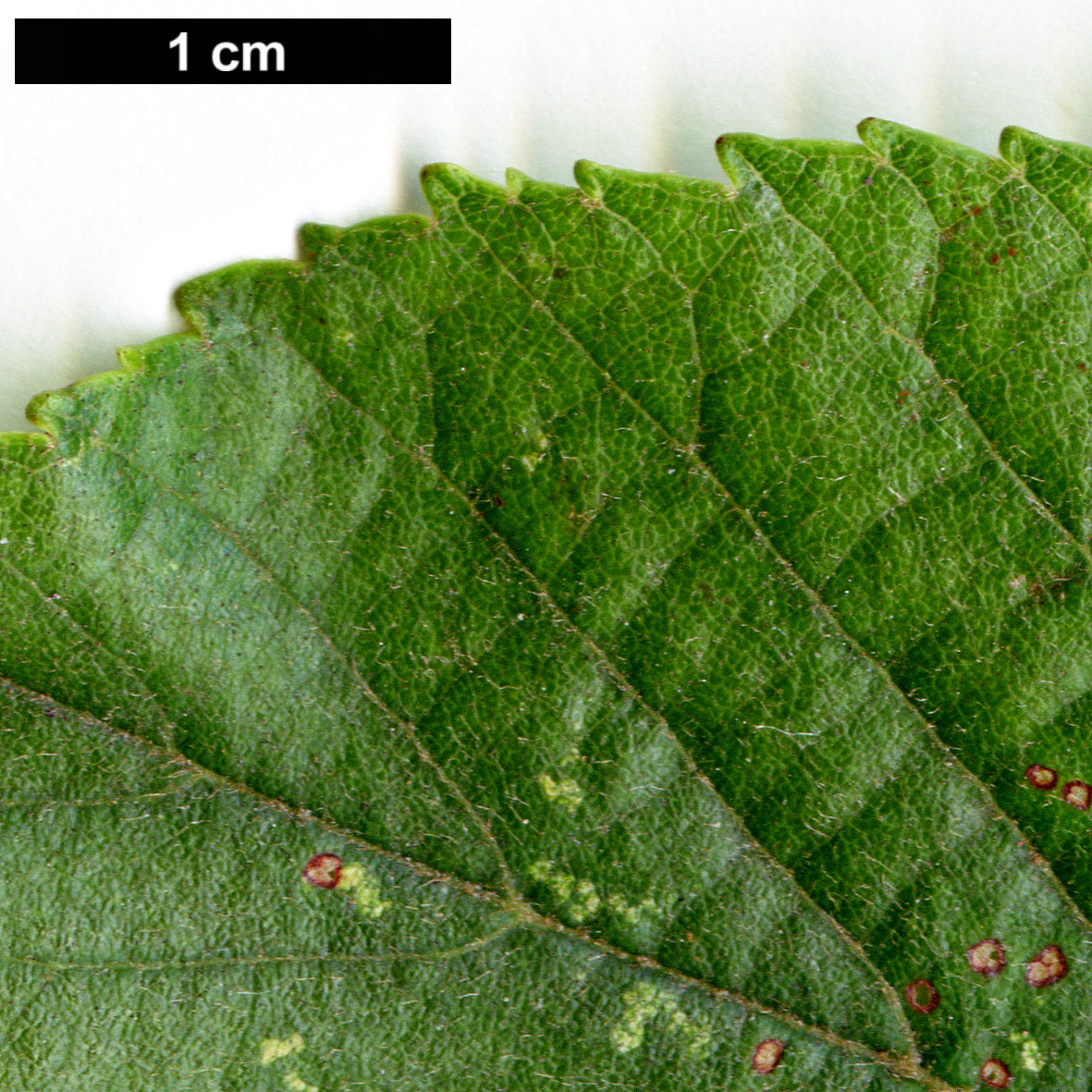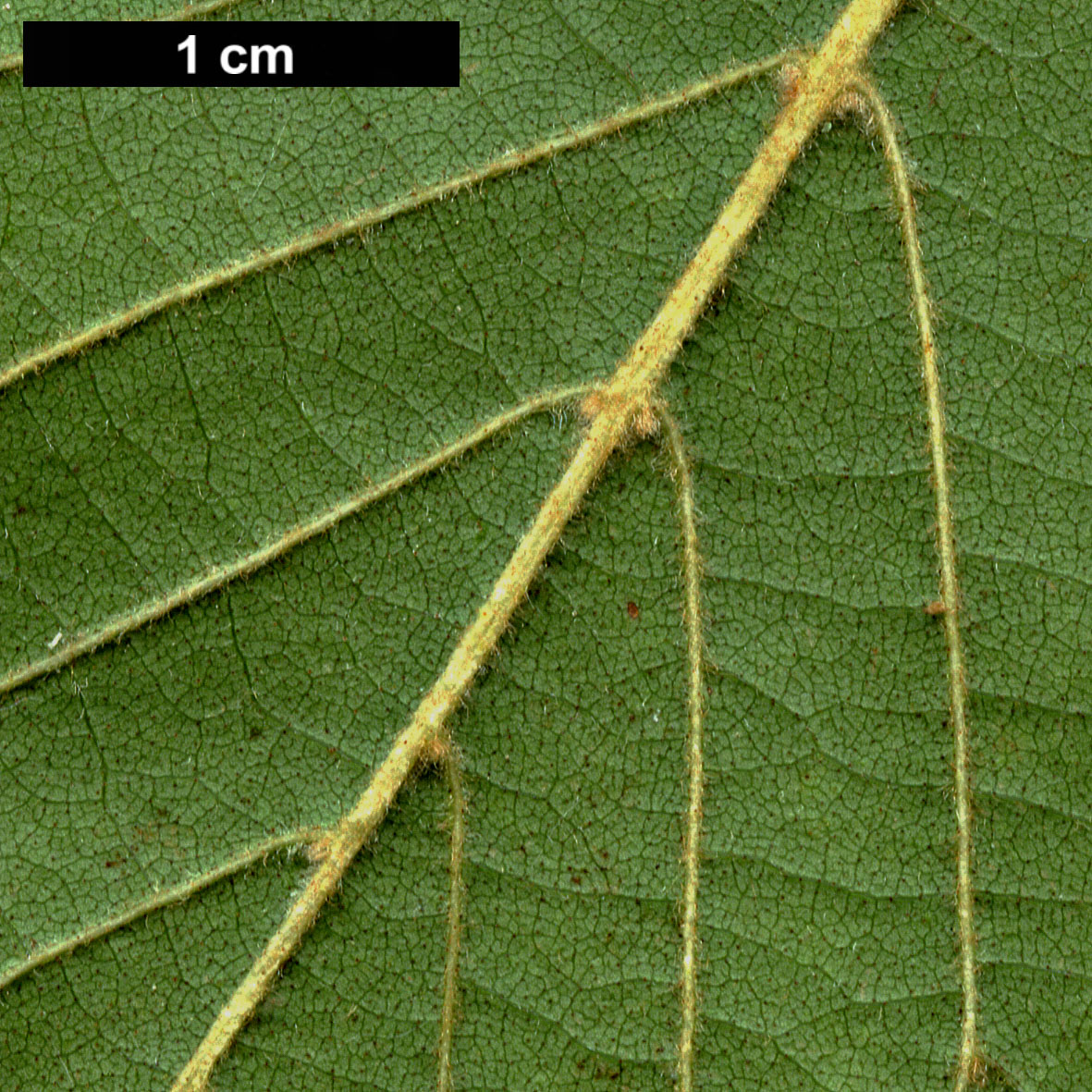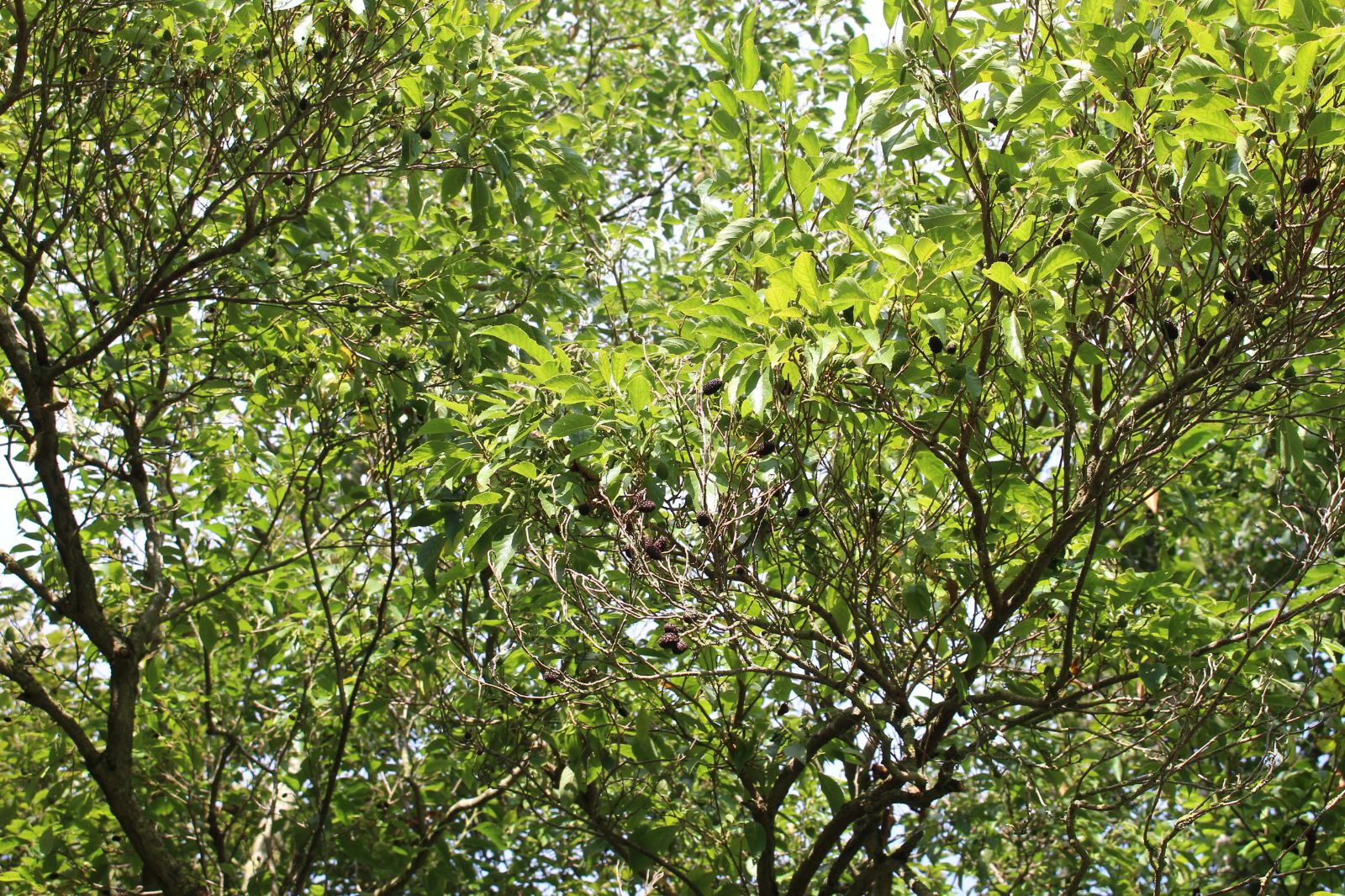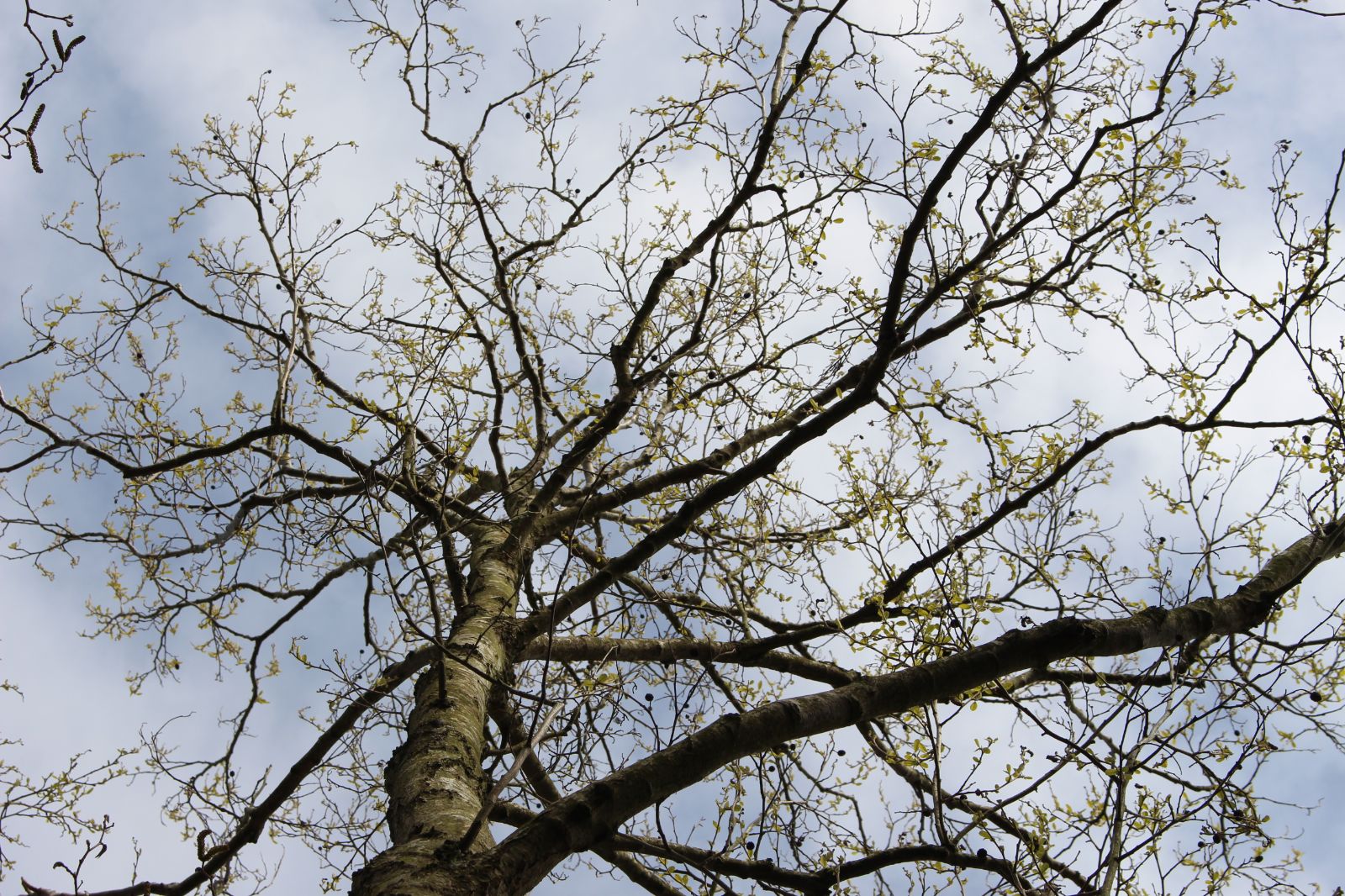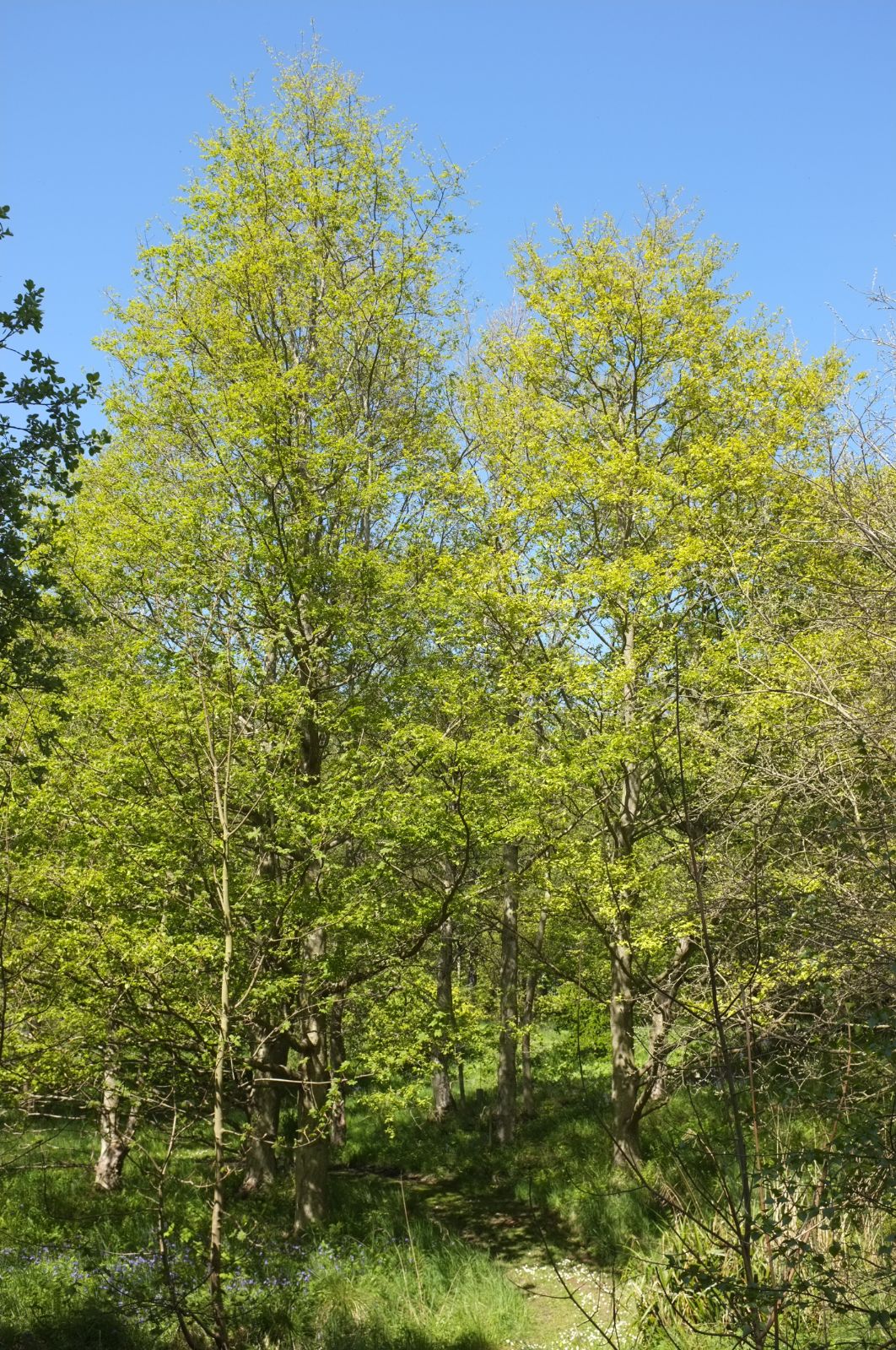Alnus × mayrii
Sponsor
Kindly sponsored by
a member of the International Dendrology Society
Credits
Tim Baxter & Hugh A. McAllister (2024)
Recommended citation
Baxter, T. & McAllister, H.A. (2024), 'Alnus × mayrii' from the website Trees and Shrubs Online (treesandshrubsonline.
Genus
- Alnus
- Subgen. Alnus
Synonyms
- Alnus × borealis
Other taxa in genus
- Alnus acuminata
- Alnus alnobetula
- Alnus betulifolia
- Alnus cordata
- Alnus cremastogyne
- Alnus djavanshirii
- Alnus dolichocarpa
- Alnus × elliptica
- Alnus × fallacina
- Alnus fauriei
- Alnus ferdinandi-coburgii
- Alnus firma
- Alnus formosana
- Alnus glutinosa
- Alnus hirsuta
- Alnus incana
- Alnus inokumae
- Alnus japonica
- Alnus jorullensis
- Alnus lanata
- Alnus lusitanica
- Alnus maritima
- Alnus matsumurae
- Alnus nepalensis
- Alnus nitida
- Alnus oblongifolia
- Alnus orientalis
- Alnus pendula
- Alnus rhombifolia
- Alnus rohlenae
- Alnus rubra
- Alnus serrulata
- Alnus serrulatoides
- Alnus sieboldiana
- Alnus 'Sipkes'
- Alnus × spaethii
- Alnus subcordata
- Alnus trabeculosa
Differs from A. japonica in its broader leaves which are elliptic to oblong, with shortly acute apices; branchlets, new shoots and lower leaf surfaces with dense, ferruginous pubescence, as in A. hirsuta. (Ohwi 1965; Clarke 1988; Grimshaw & Bayton 2009)
Distribution Japan Hokkaido South Korea Russia Primorsky Krai
Habitat Marshy areas
USDA Hardiness Zone 5-6
Conservation status Not evaluated (NE)
There are several naturally occurring hybrids in Alnus, many of which are unnamed and of uncertain origin. Alnus × mayrii is allegedly the result of a cross between A. hirsuta Turcz. and A. japonica Siebold & Zucc. (de Jong 2017; Royal Botanic Gardens Kew 2024).
Plants bearing this name are found in several arboreta in our area; specimens were examined for Grimshaw & Bayton (2009) at Quarryhill in California and Howick, Ness and RBG Kew in Britain. There is considerable variation between them, some showing more or less the characteristics of one or other parent, while others are intermediate. Most collections seem to have been made from hybrid parents in the wild, making the cultivated offspring the F2 generation, in which such segregation or backcrossing to one or other parent is to be expected. At Quarryhill, trees grown from a collection in Hokkaido in 1987 (Warner & Howick 510), planted in 1991, were 12–15 m tall when seen in 2004, looking very much like most alders, but bearing conspicuous clusters of attractive large cones. At Howick trees from the same collection are much shorter but still doing well in a considerably cooler locality. Kew has two trees of separate South Korean origin, the older (now 9 m) from a 1968 accession received from the US Department of Agriculture, the other (8 m) from the Morris Arboretum in 1985, and showing strong characters from A. japonica. At Ness, plants are almost identical to A. japonica, varying only in hairiness on leaves and shoots and now 8m tall (Grimshaw & Bayton 2009).
Although many specimens of A. × mayrii are attractive trees they have no merits greater than those of either parent.

